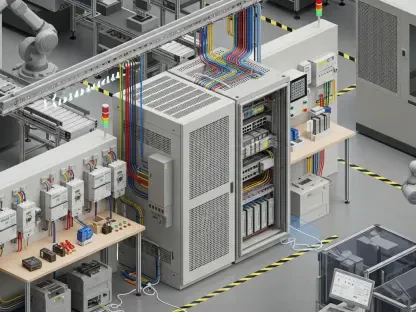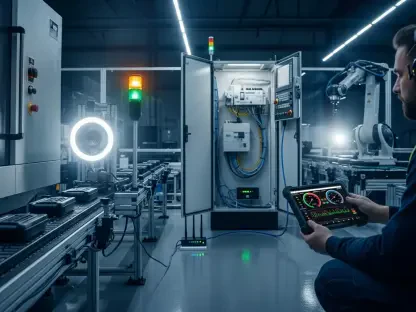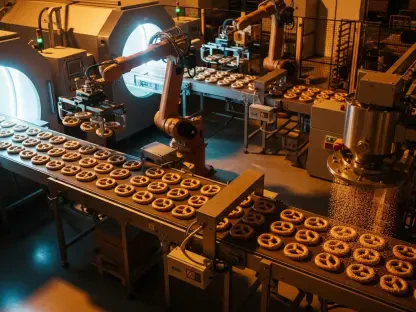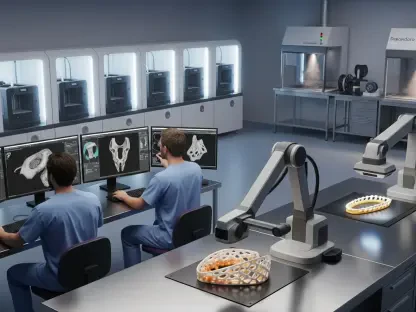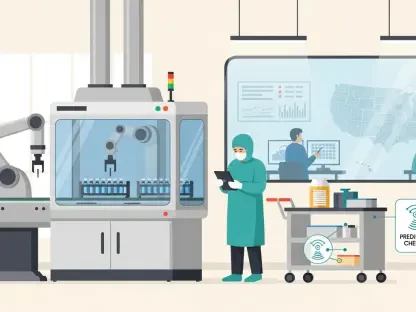Additive manufacturing (AM) continues to redefine aerospace manufacturing, offering unparalleled opportunities to innovate and streamline production. Recent advancements highlight the potential of using 3D printed components to improve efficiency, reduce costs, and enhance design flexibility. With aerospace companies pushing boundaries and integrating this groundbreaking technology into their processes, the industry is witnessing a transformational shift.
Unveiling the Innovative Features of 3D Printed Aerospace Parts
In terms of material innovation, the aerospace sector is benefiting greatly from the diverse array of materials compatible with 3D printing. Alloys like titanium and composites are at the forefront, offering a balance of strength, weight reduction, and durability. The performance metrics of these materials are crucial; they must withstand the rigorous conditions of aerospace applications, including extreme temperatures and high stress.
3D printing also brings superior design flexibility and complexity to aerospace manufacturing. This technology allows for creating intricate geometries and tailored components that were previously deemed impractical or impossible with traditional methods. Such design capabilities not only enhance the functional and aerodynamic performance of components but also open new avenues for innovation in aircraft and spacecraft design. Examples include lattice structures that reduce weight while maintaining structural integrity or customized nozzle designs optimizing fuel efficiency.
Furthermore, 3D printing enhances production efficiency and reduces costs. By eliminating the need for specialized tooling and minimizing material waste, additive manufacturing shortens production timelines. This economic efficiency is a significant advantage in the aerospace industry, where manufacturing cycles traditionally span years. Lower costs and faster production help make aerospace companies more competitive in a global market that constantly demands faster, more innovative solutions.
Current Trends and Evolving Applications
The rapid pace of innovation continues to introduce new trends within the aerospace sector. From 3D printed engines to satellite components, recent developments demonstrate how AM can produce components with superior functionality. Companies aim to capitalize on these innovations, meeting both industry demands and consumer expectations for effective and efficient technology.
In the aerospace industry, practical applications of 3D printing are expanding. From commercial aviation to defense sectors, companies are using this technology to produce components like turbine blades and housing units. These parts are reliable and efficient, showcasing the technology’s advantages over traditional manufacturing methods. Examples also include developing lightweight drones and spacecraft, where reduced weight translates into increased payload capacity and better fuel efficiency.
Navigating Challenges and Predicting Future Opportunities
Despite its potential, additive manufacturing in aerospace encounters several challenges. Achieving consistent material performance, overcoming regulatory restrictions, and gaining market adoption are significant hurdles. Certification processes are particularly rigorous. The industry must ensure 3D printed parts adhere to the highest quality standards. Strategies focusing on material validation, advanced quality assurance systems, and collaborations with regulatory bodies are critical to addressing these issues.
Looking ahead, the future of 3D printed aerospace components holds immense promise. Continued research and development are likely to yield even more advanced materials and printing technologies, offering higher efficiencies and greater opportunities for customization. As the industry adapts, additive manufacturing is poised to become integral to aerospace innovation, leading to breakthroughs beyond our current imagination.
Review Conclusion: Embracing a New Era
The journey toward a fully integrated 3D printing process in aerospace has advanced significantly. The technology’s ability to innovate, reduce costs, and enhance performance makes it a valuable asset. As companies continue to overcome challenges, the potential for wider integration across the sector is clear. The future trajectory of additive manufacturing in aerospace signifies a promising era in which technology and creativity combine to push boundaries and usher in new levels of excellence.


